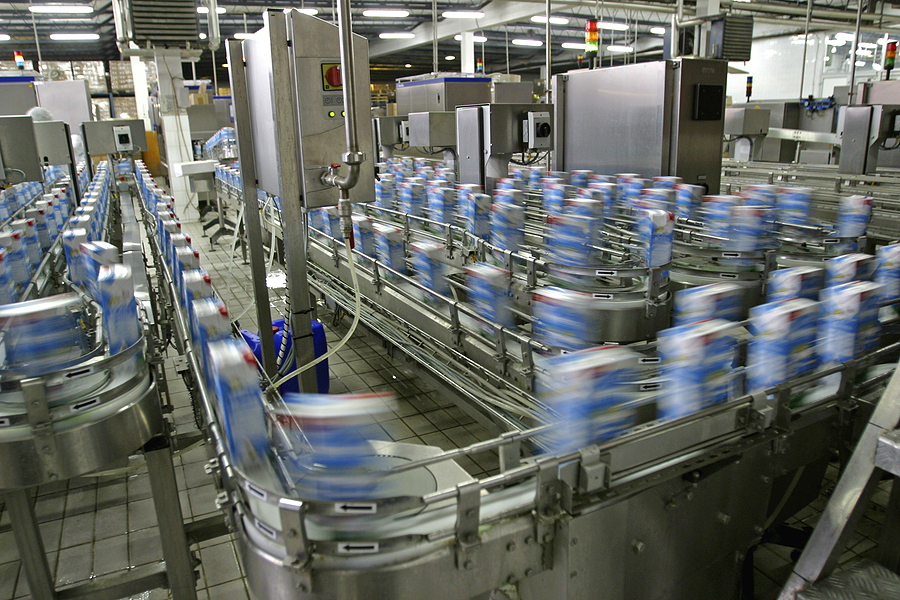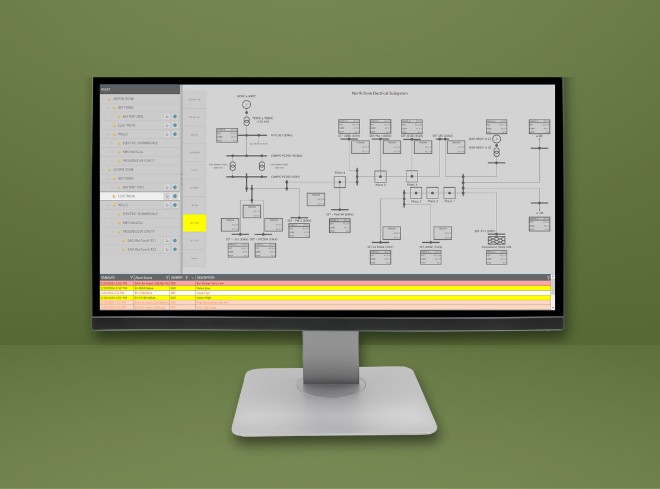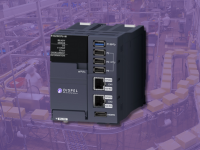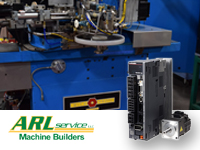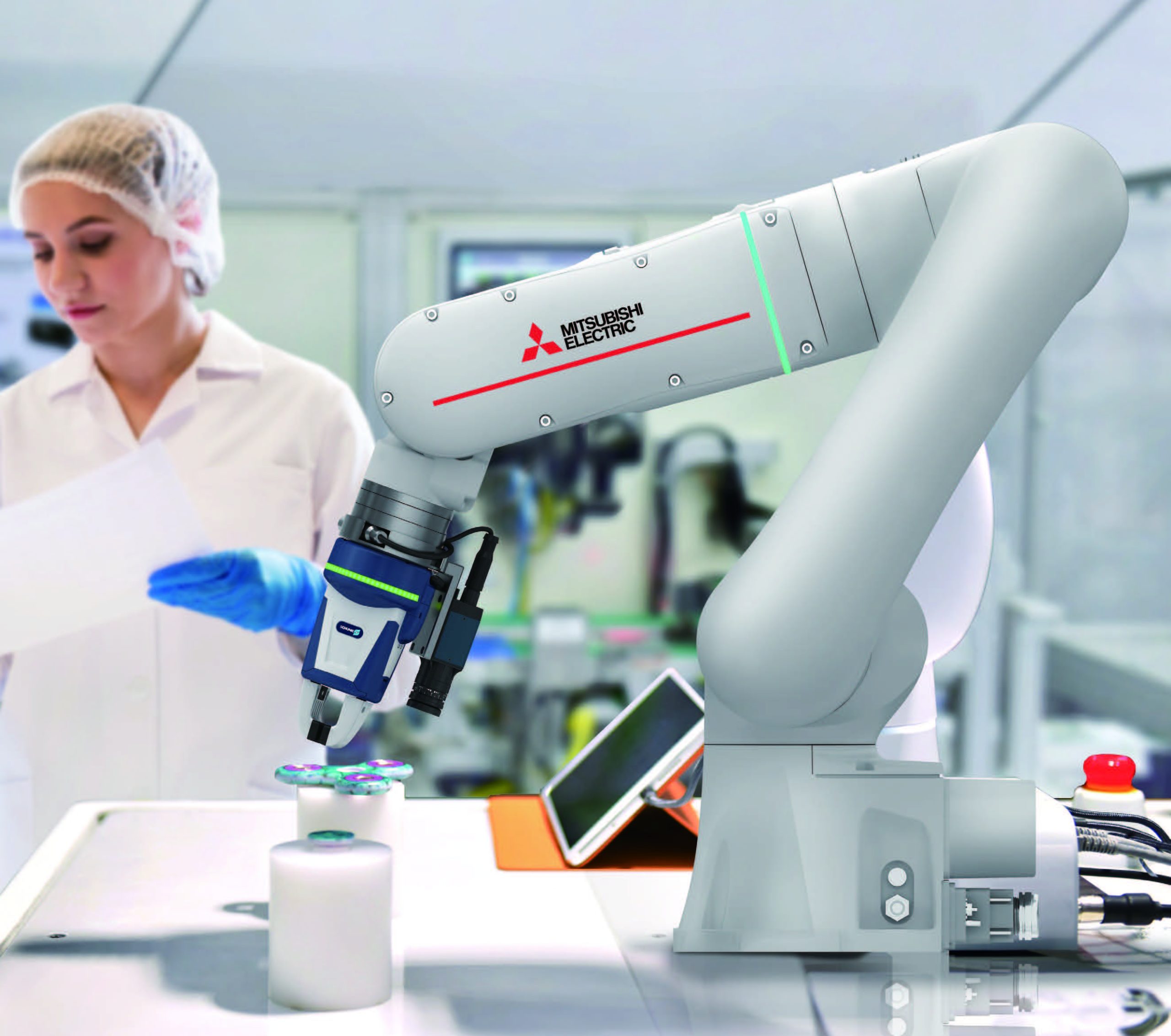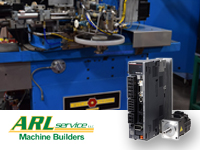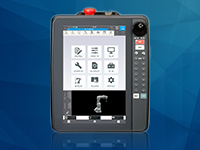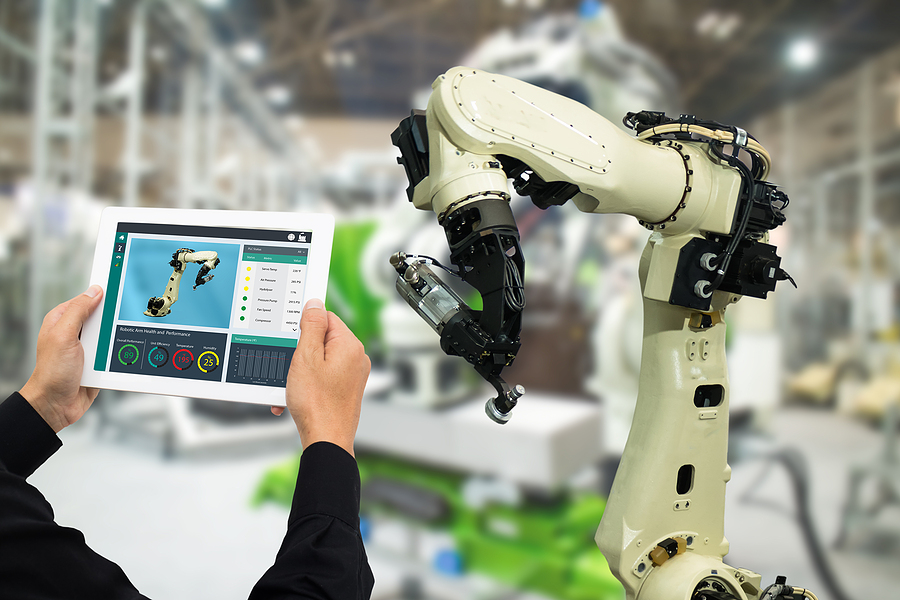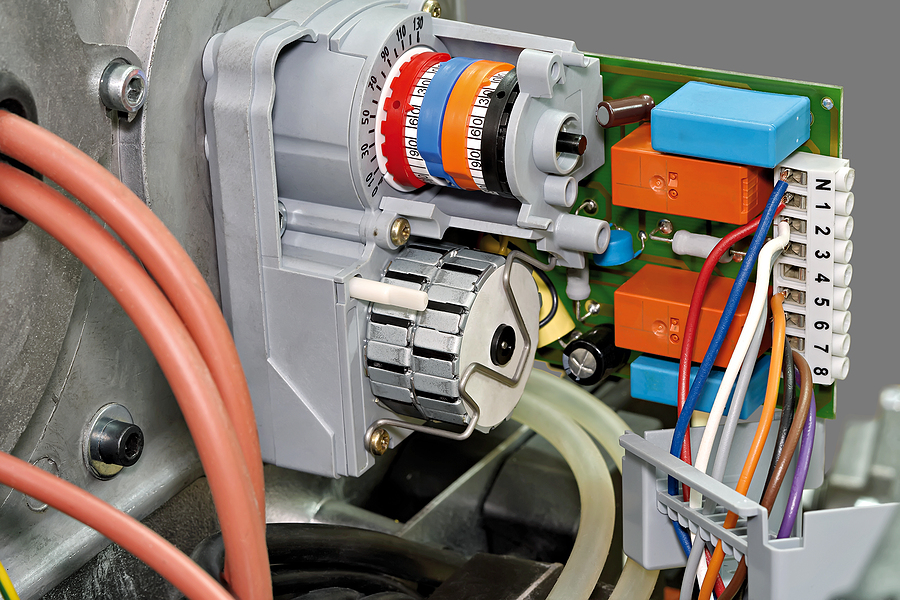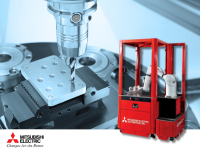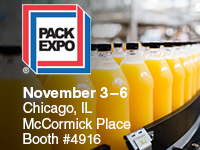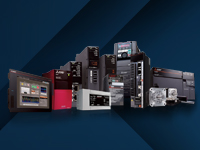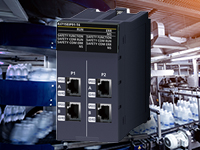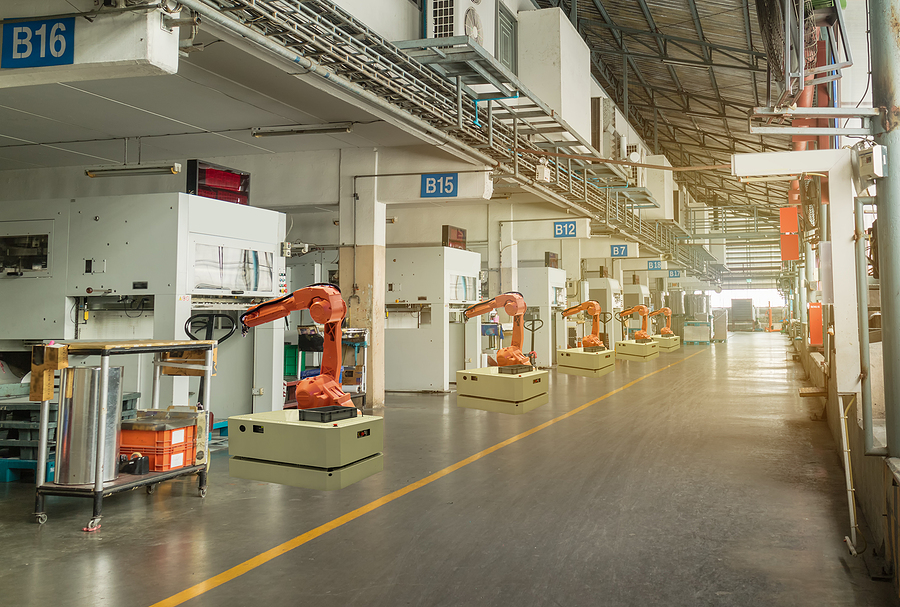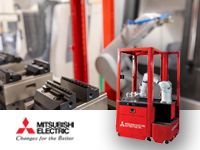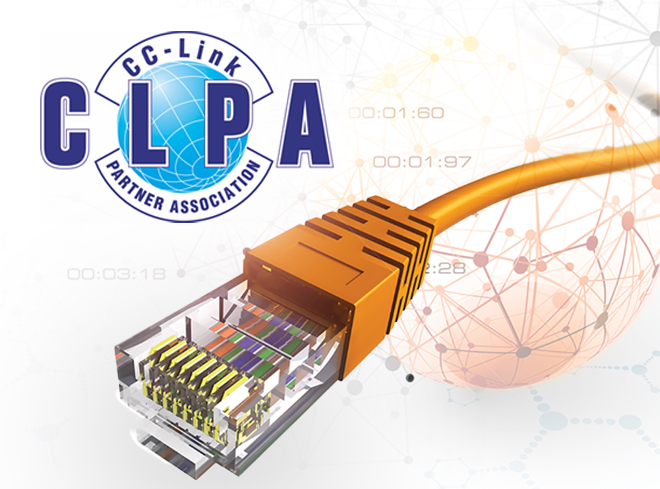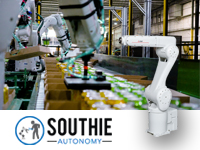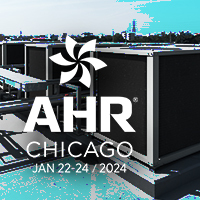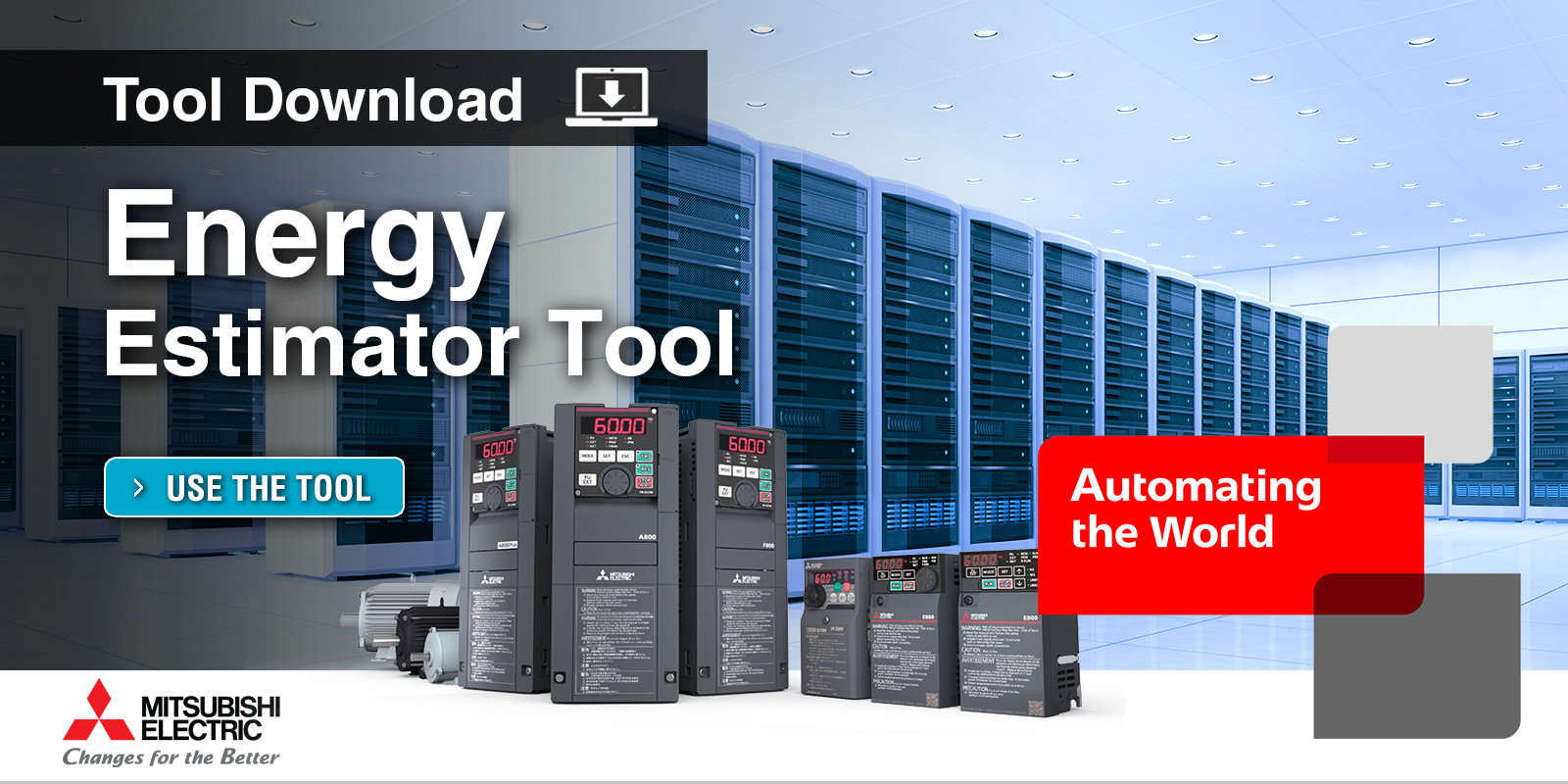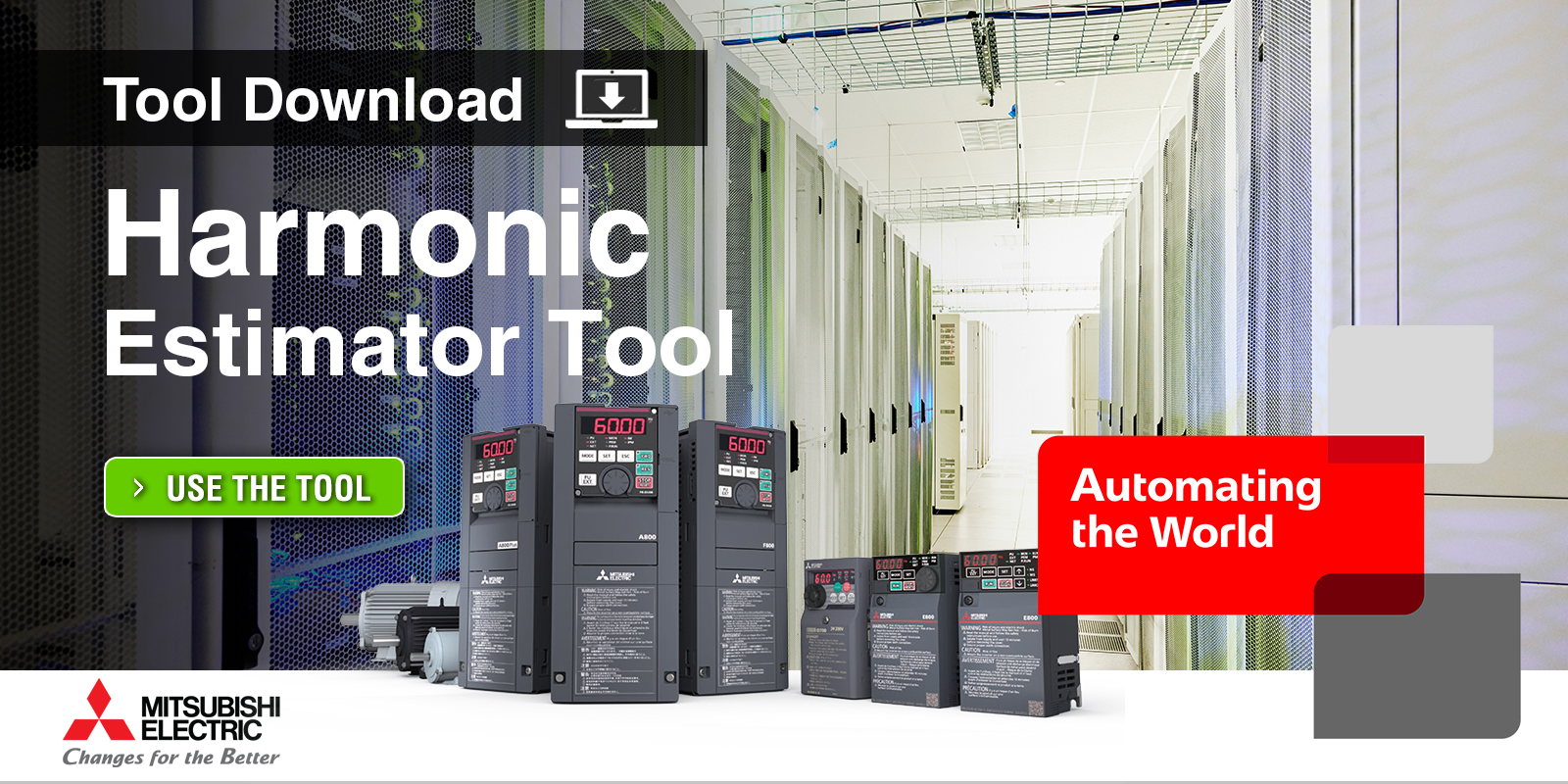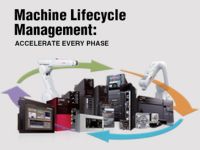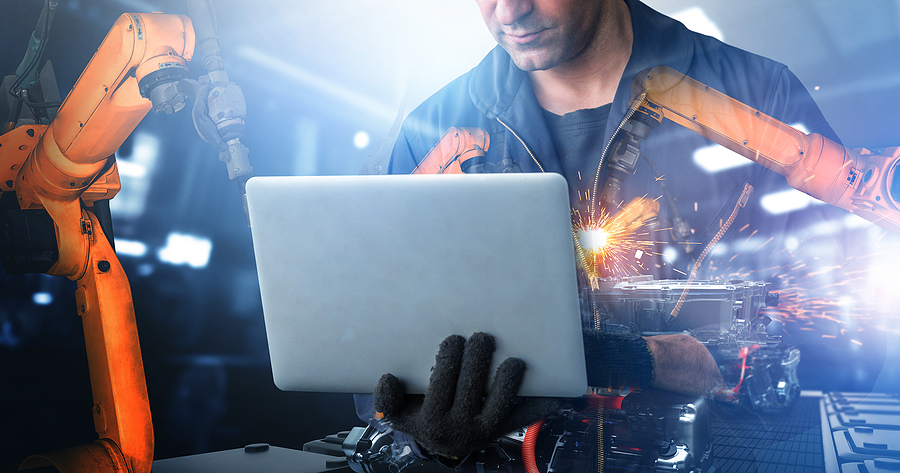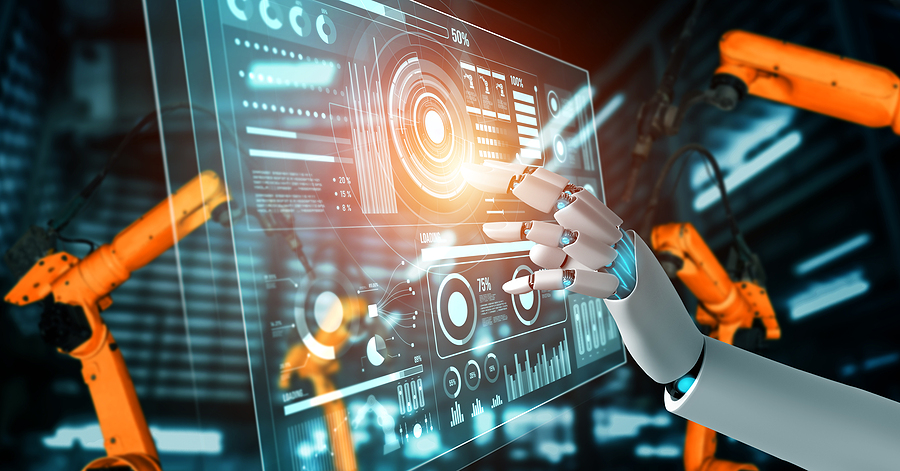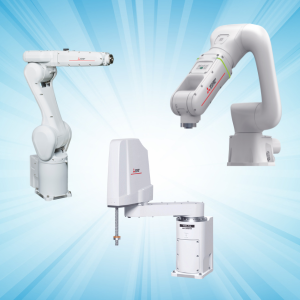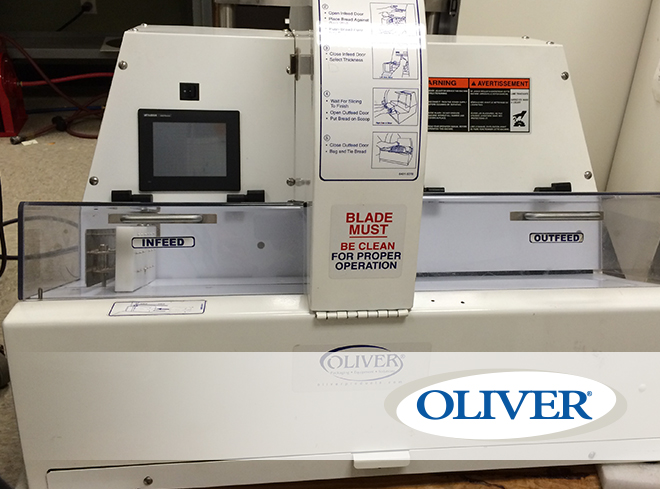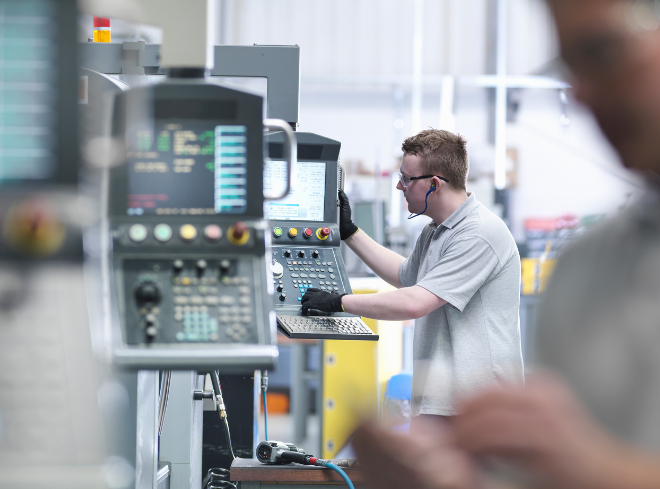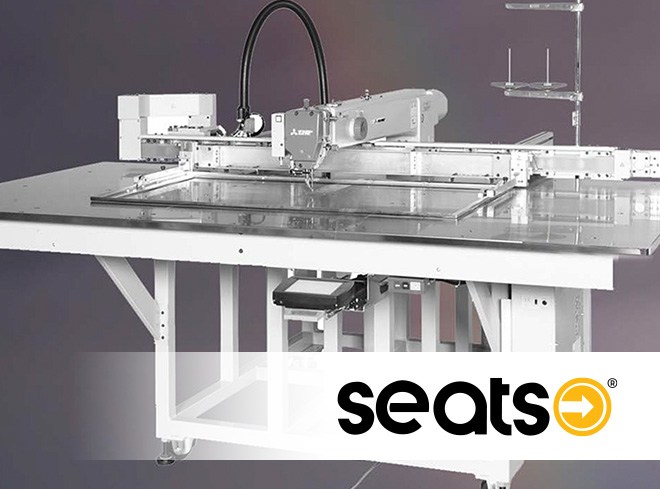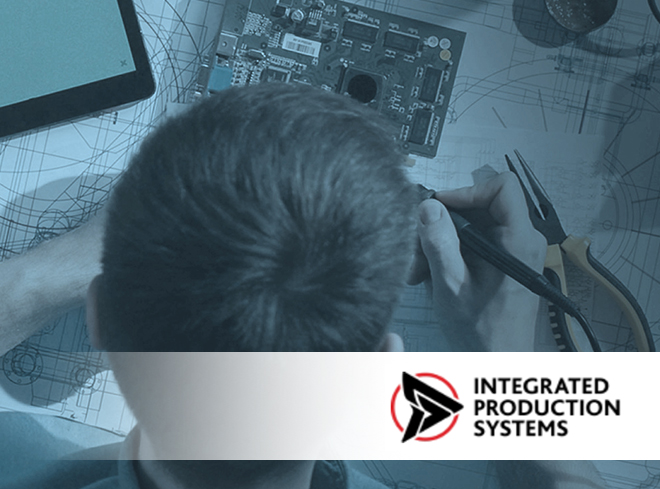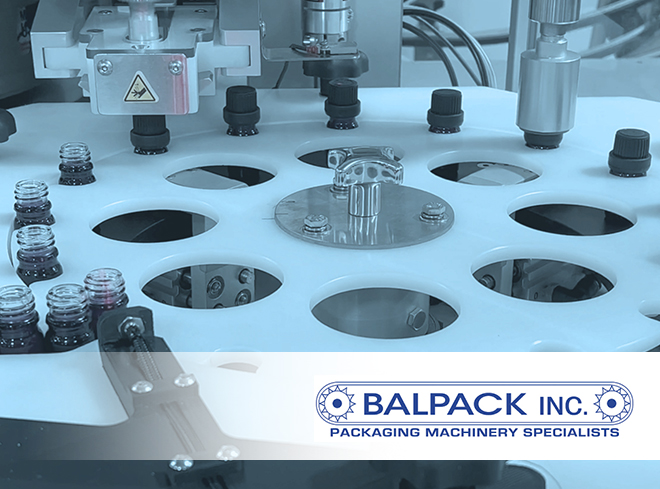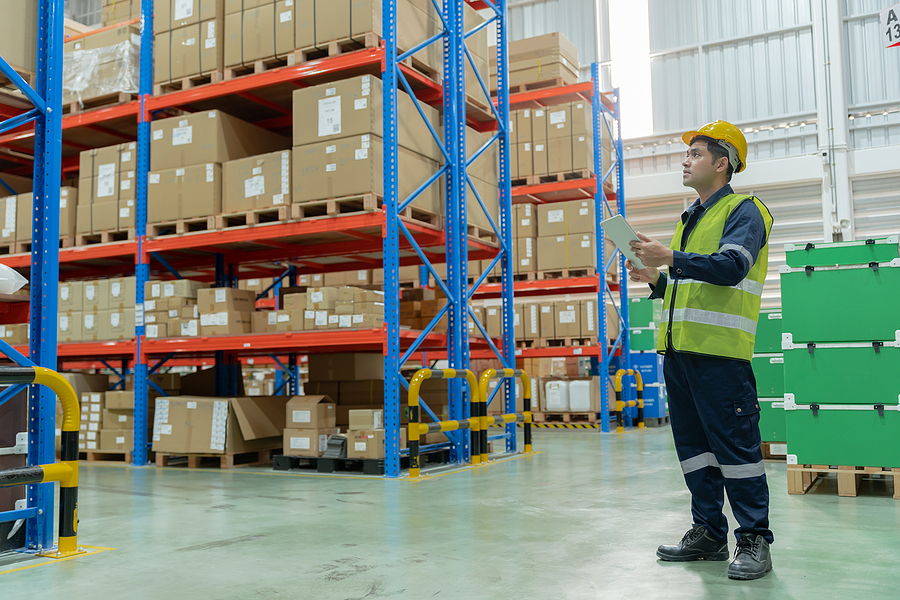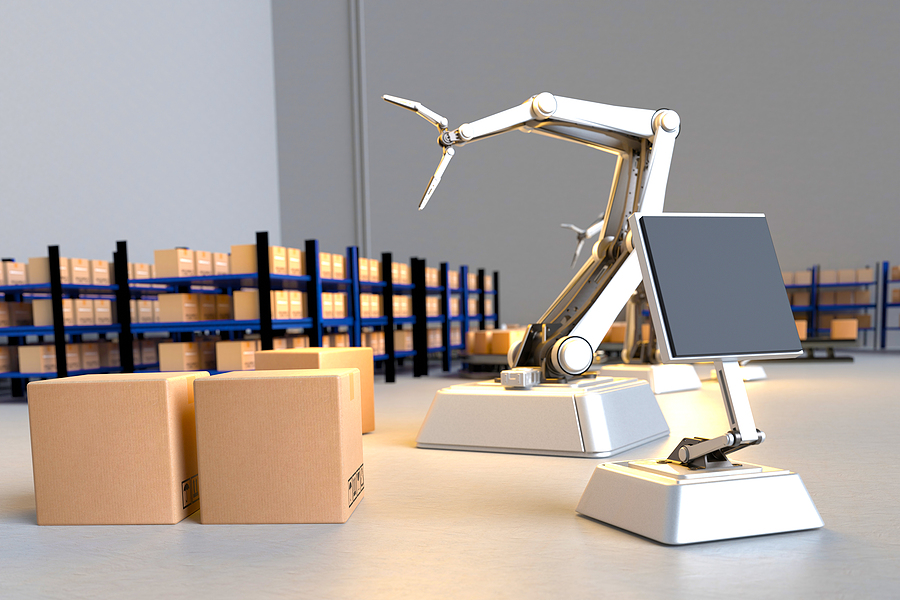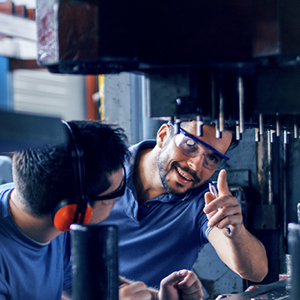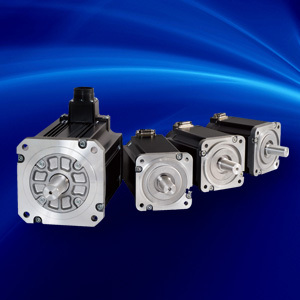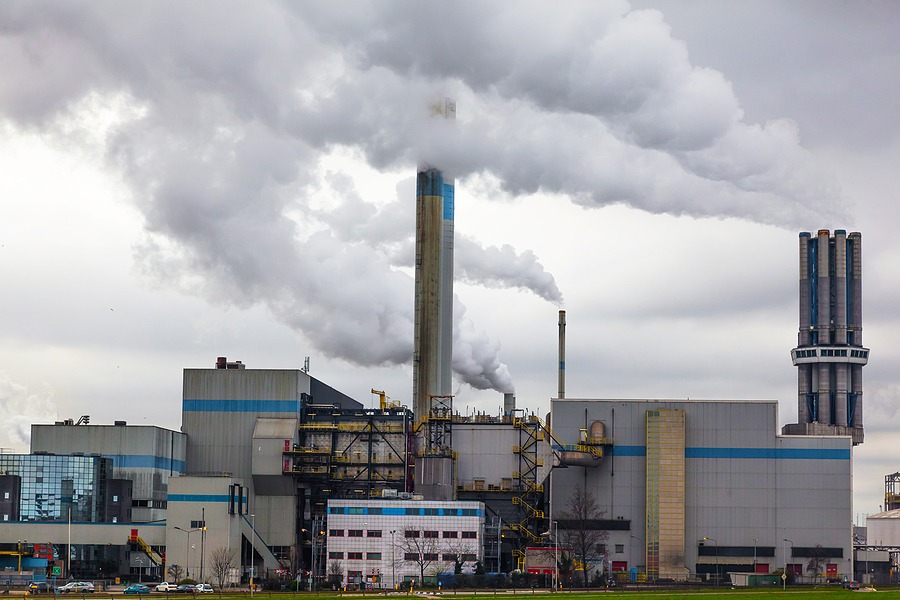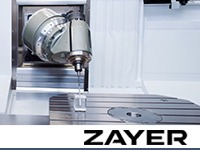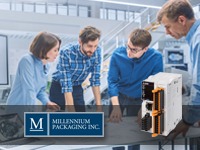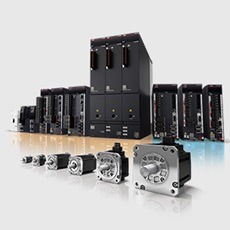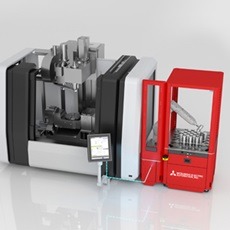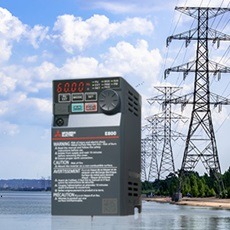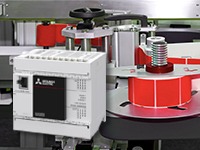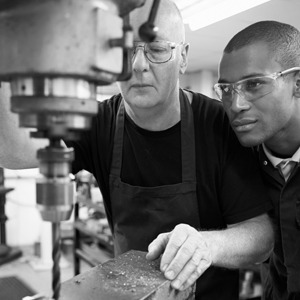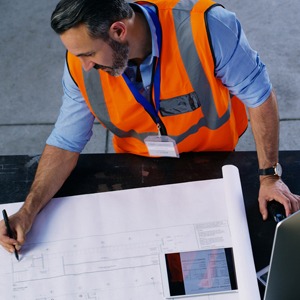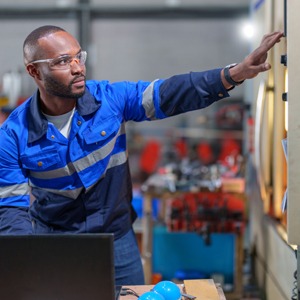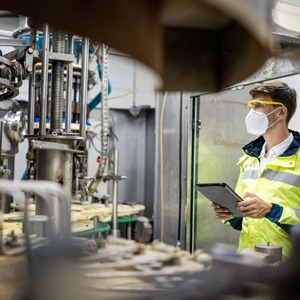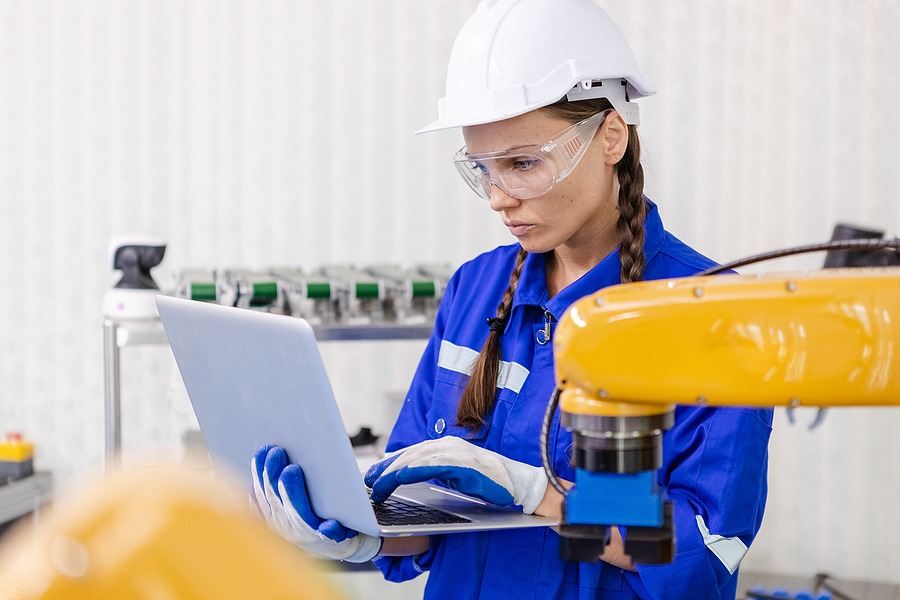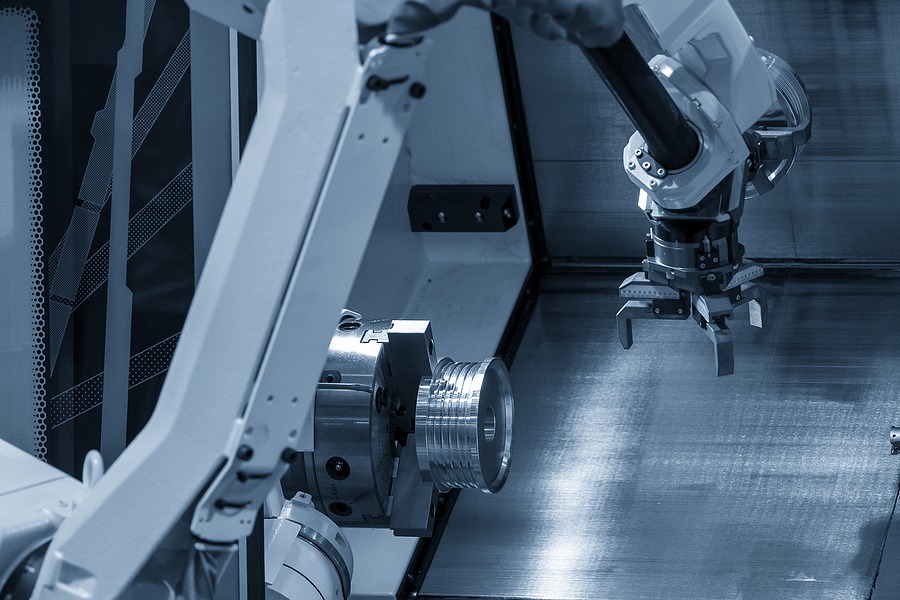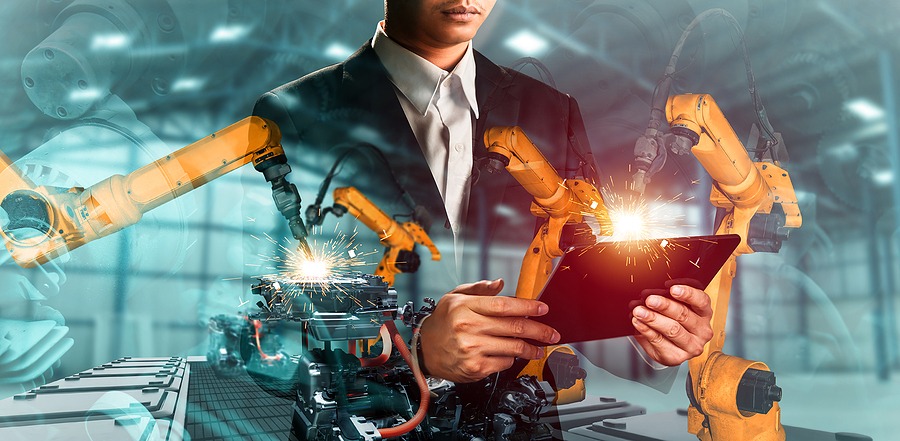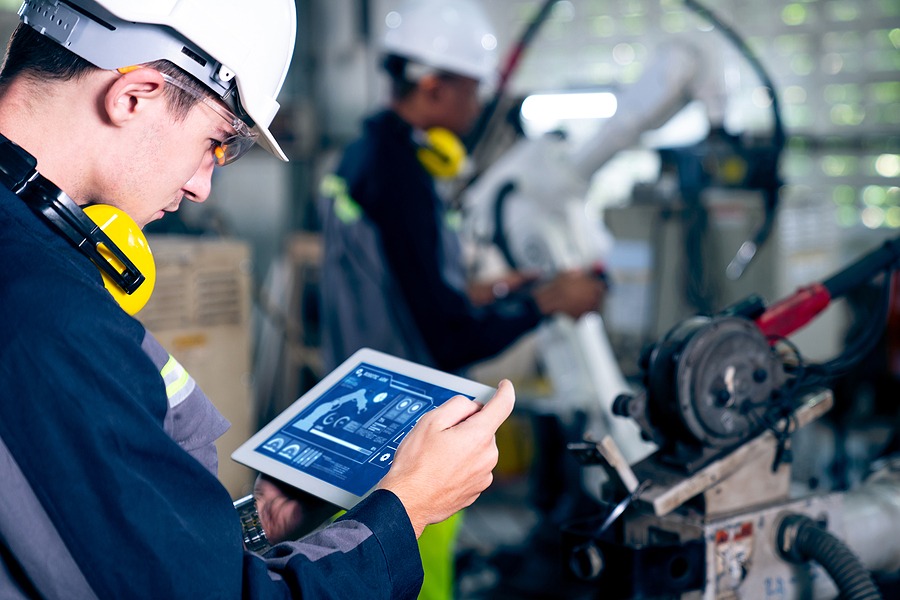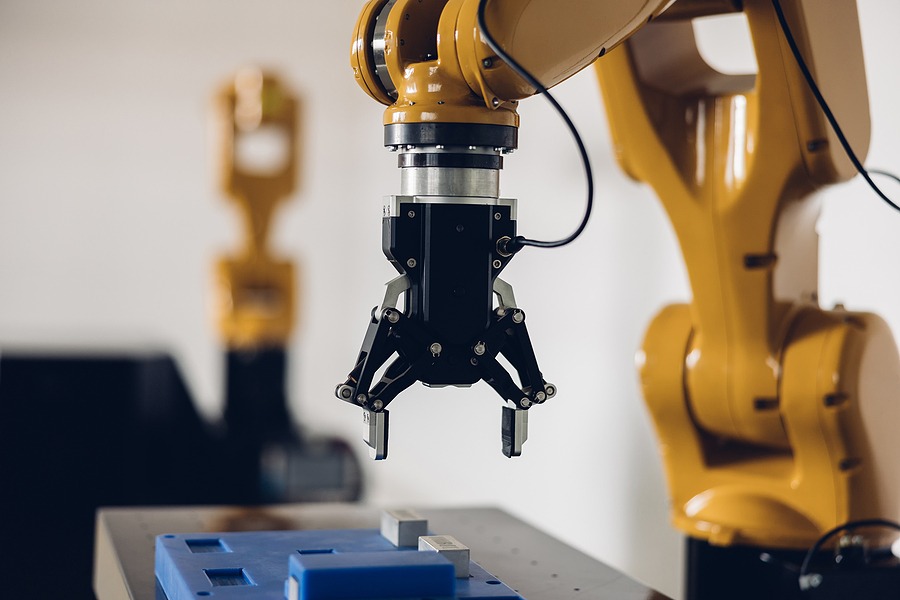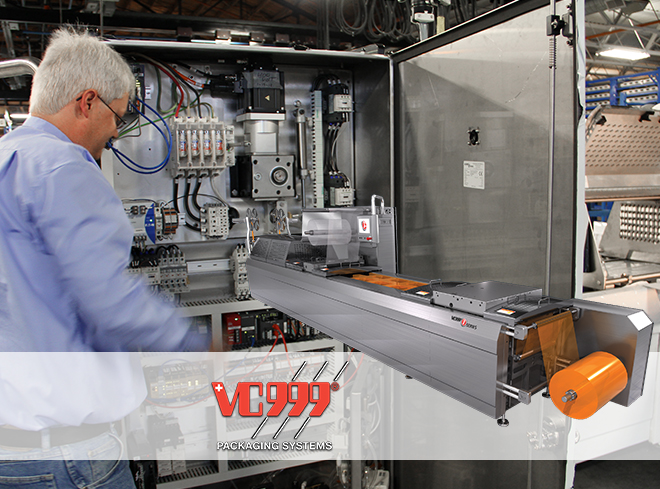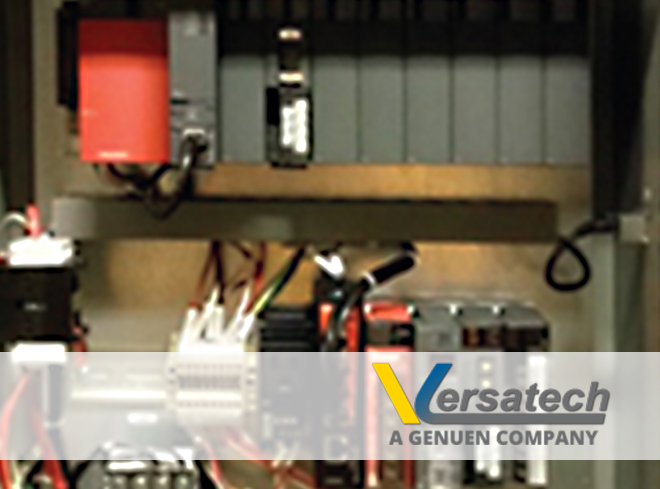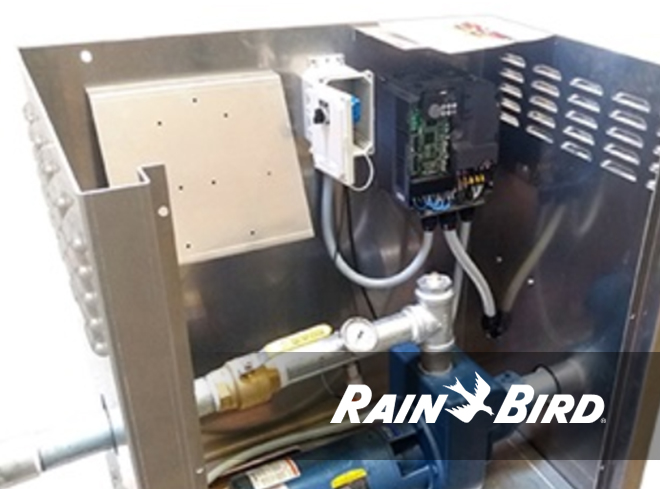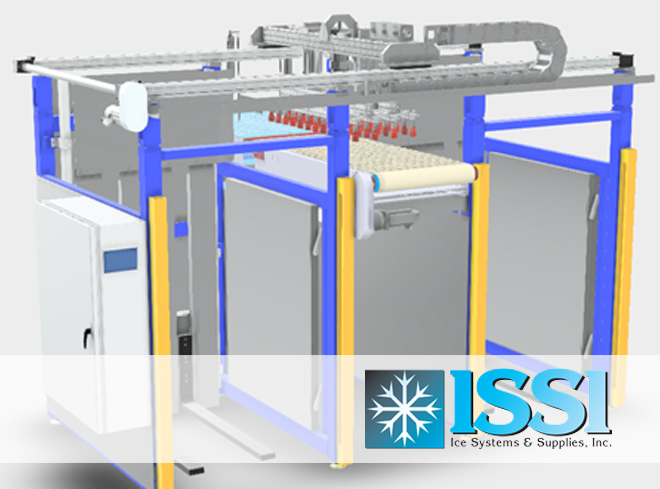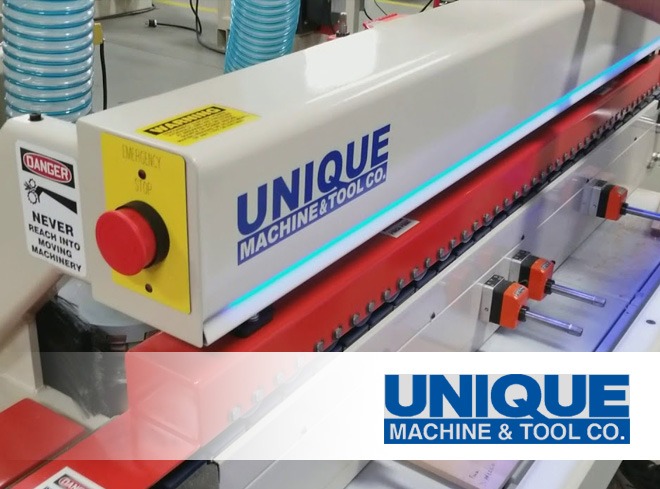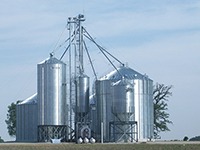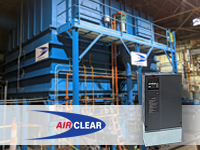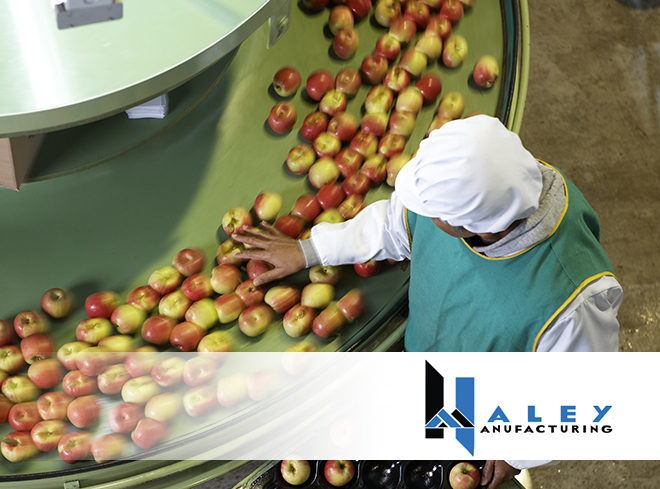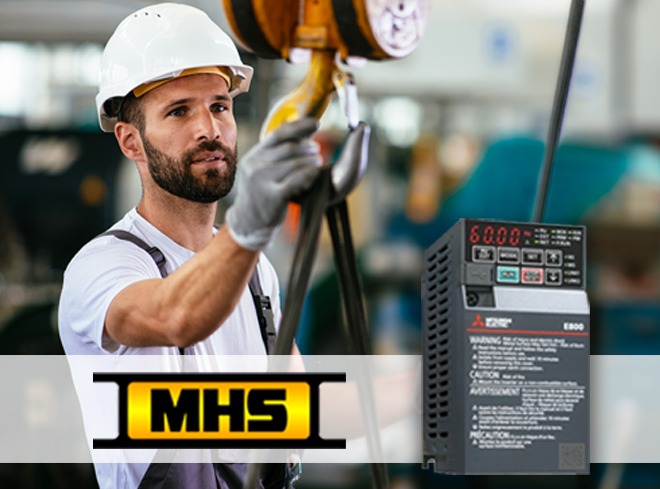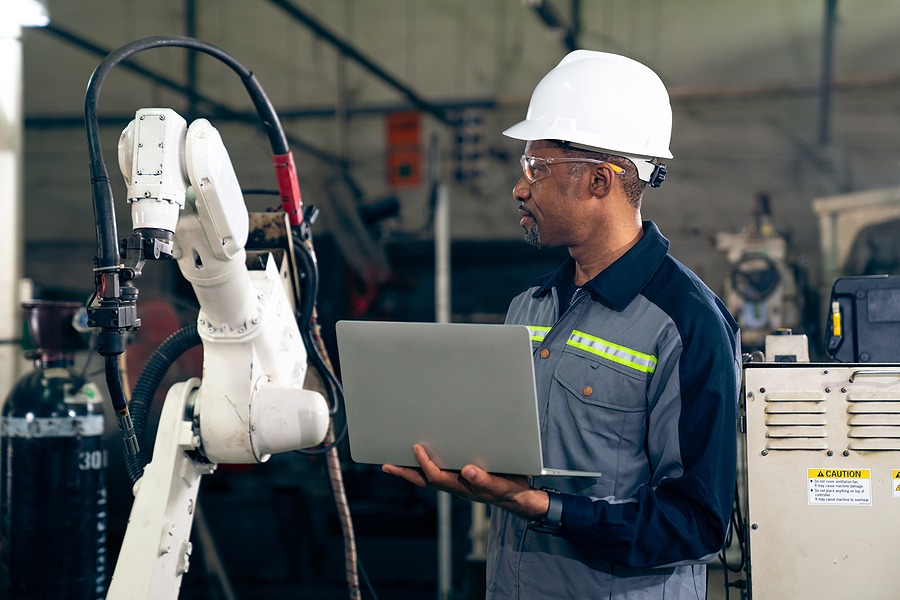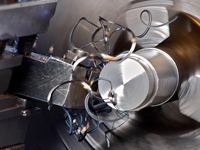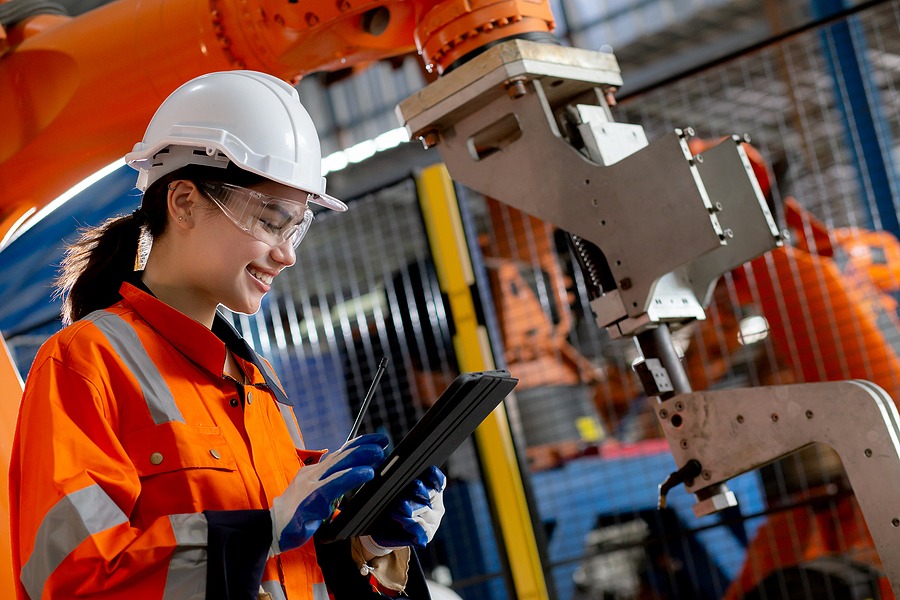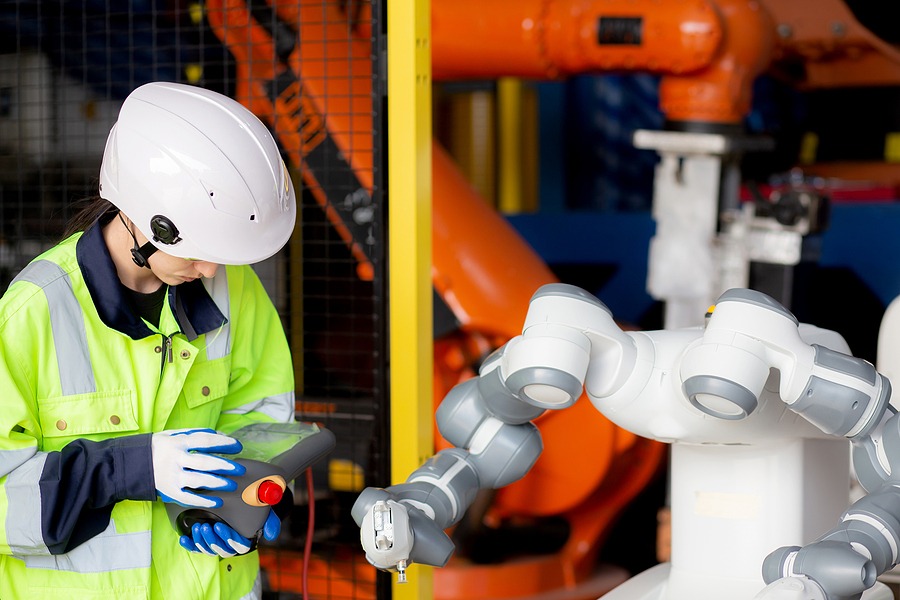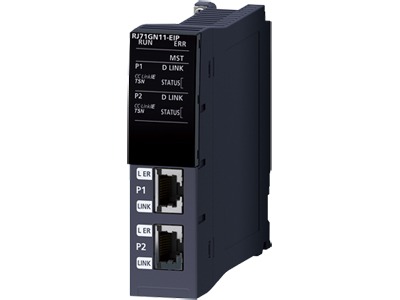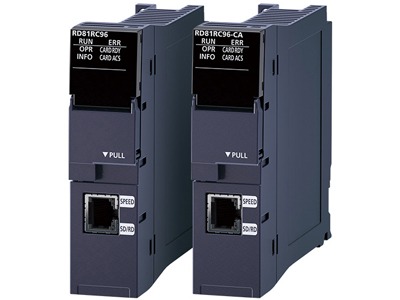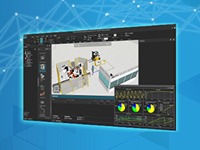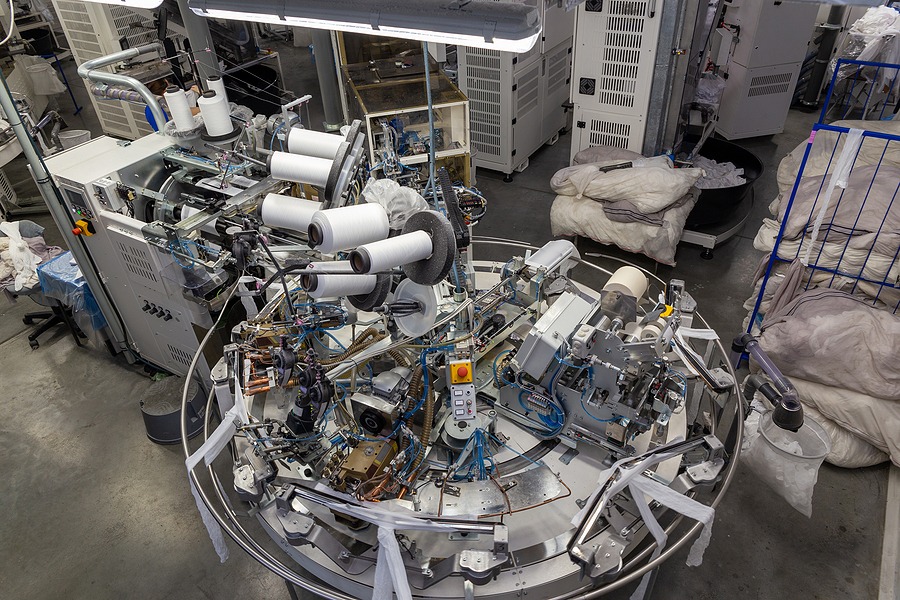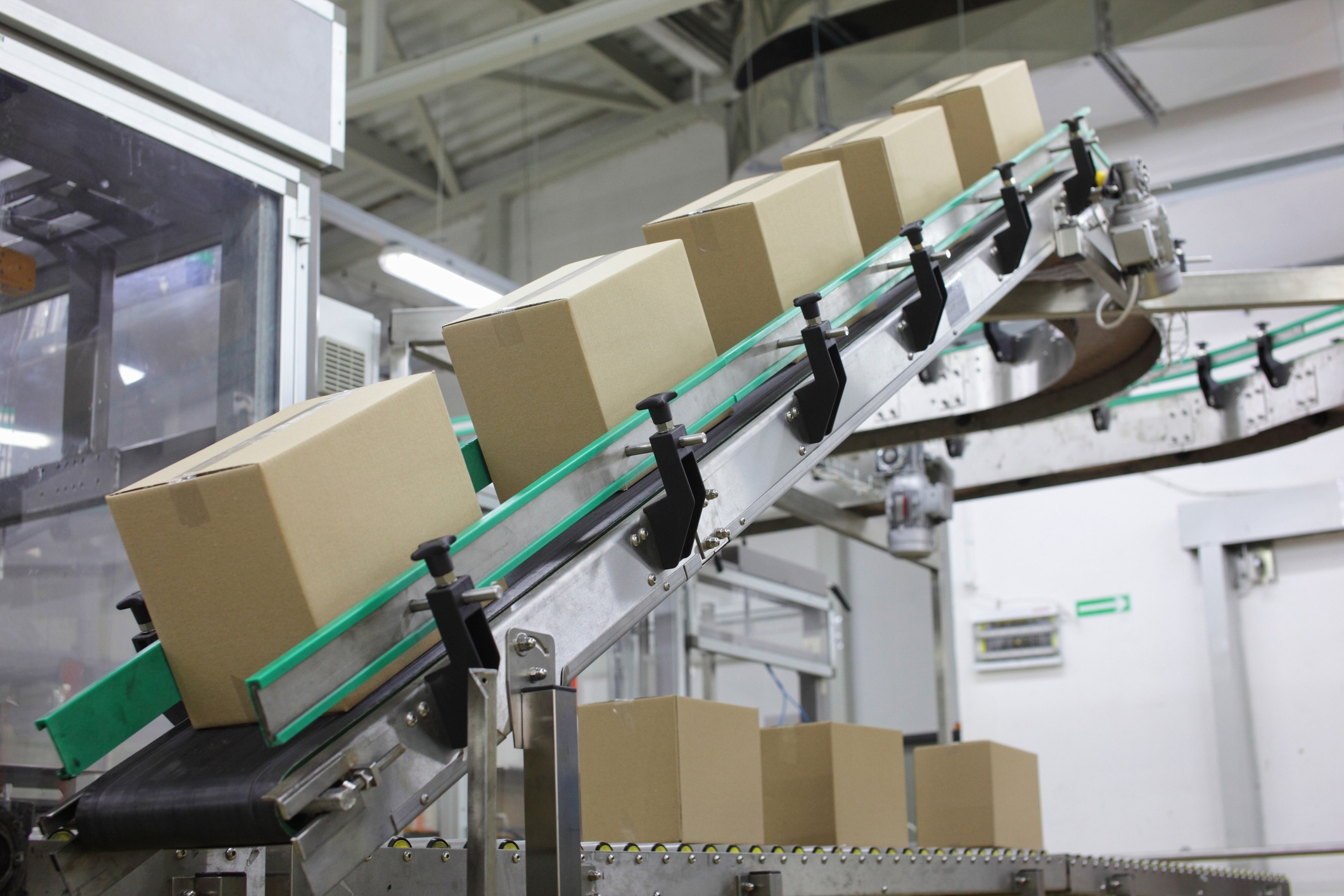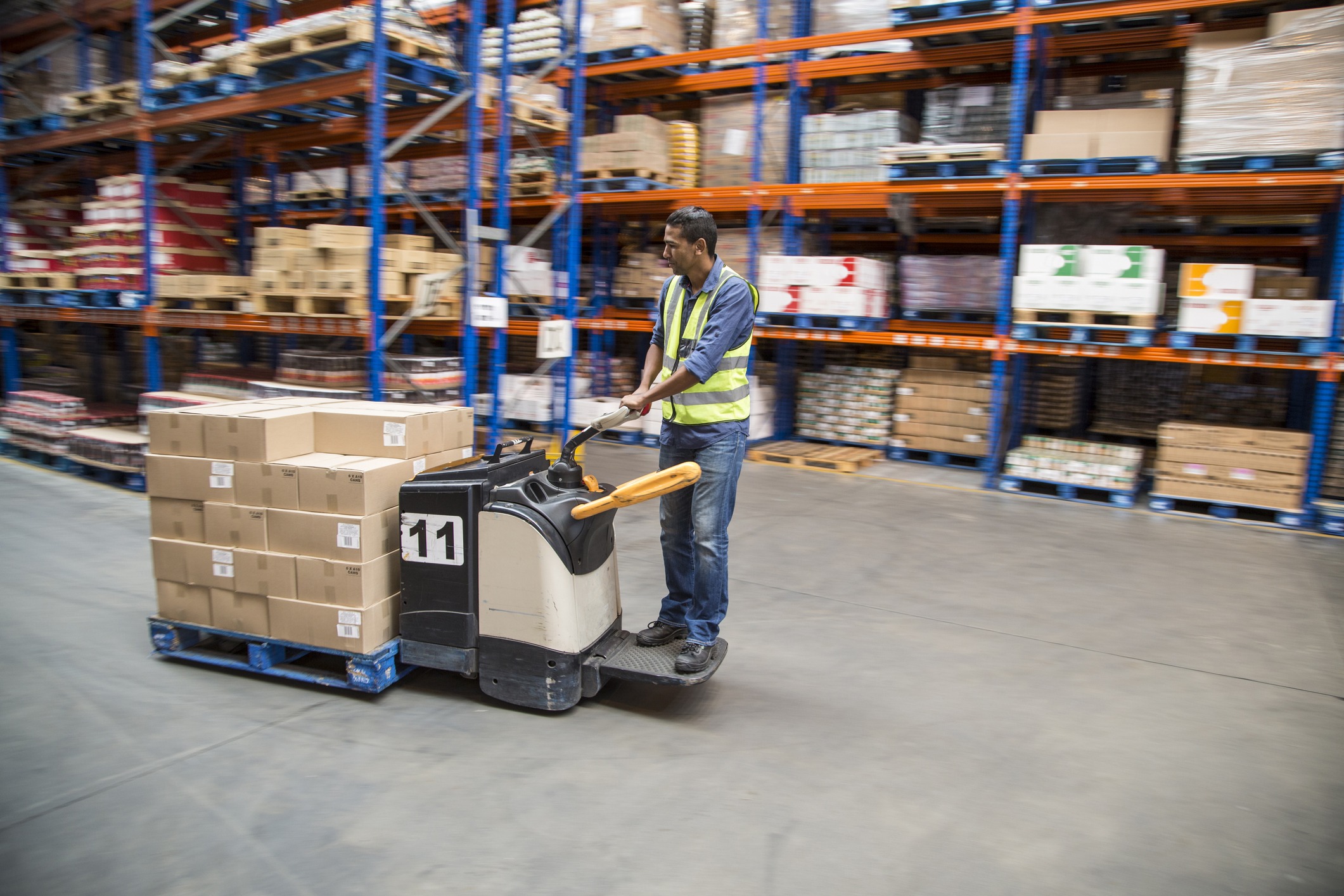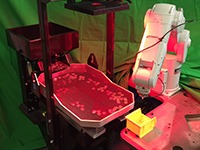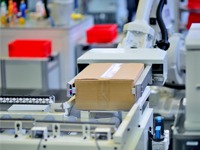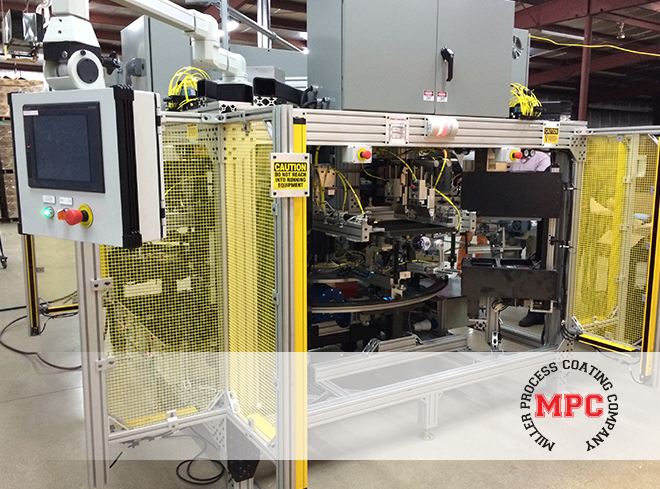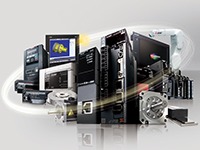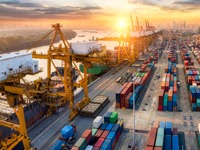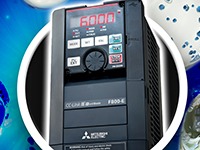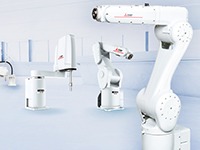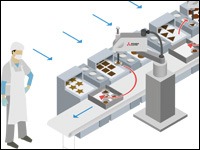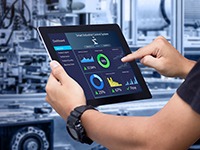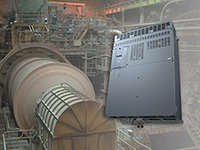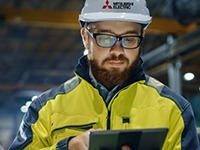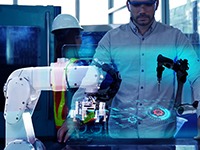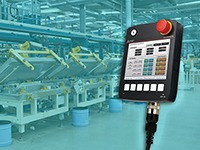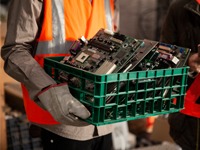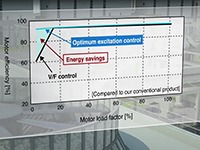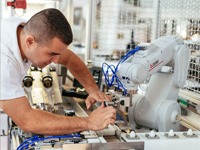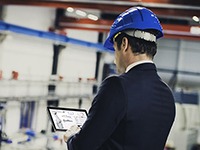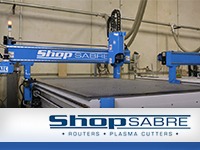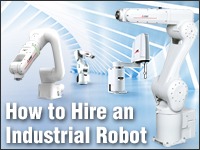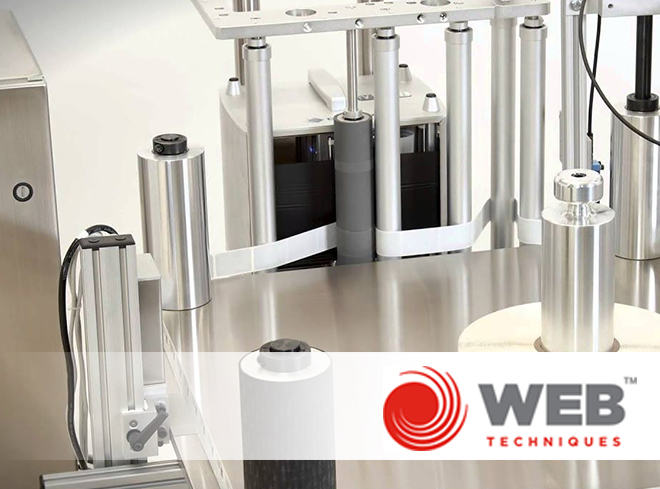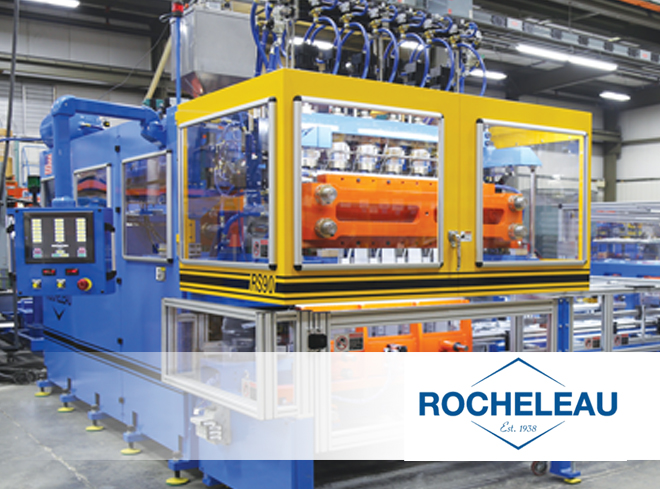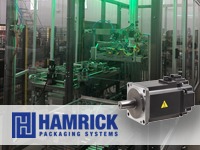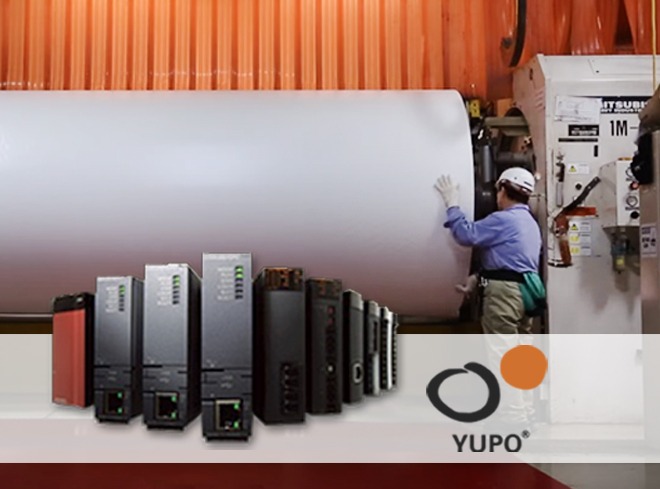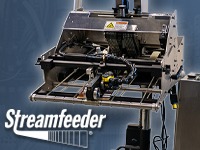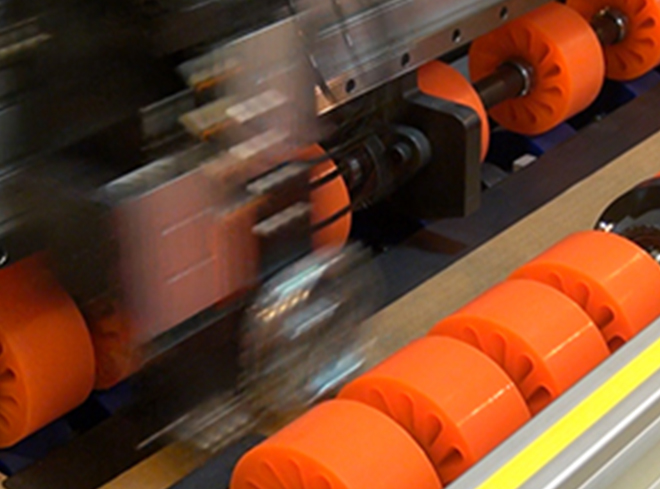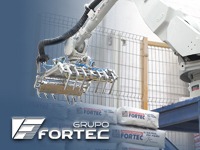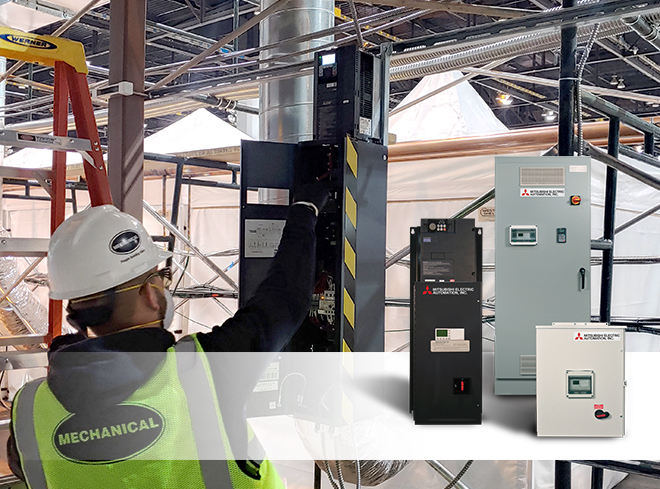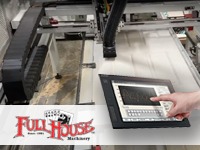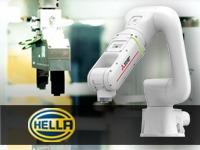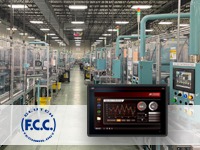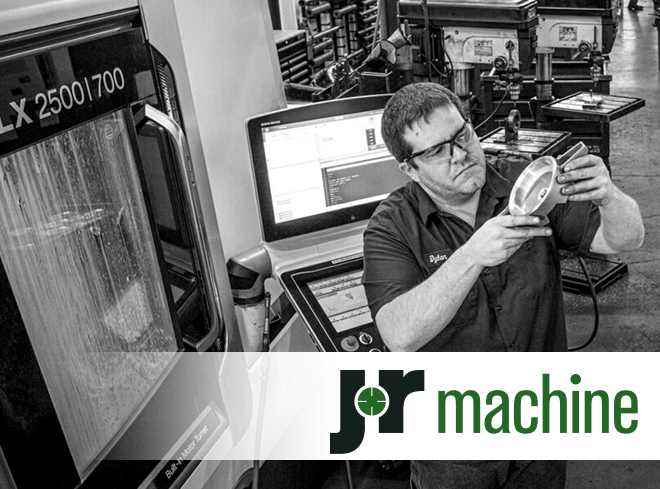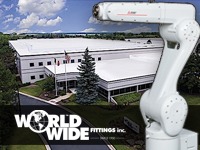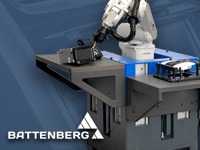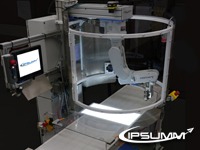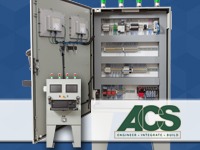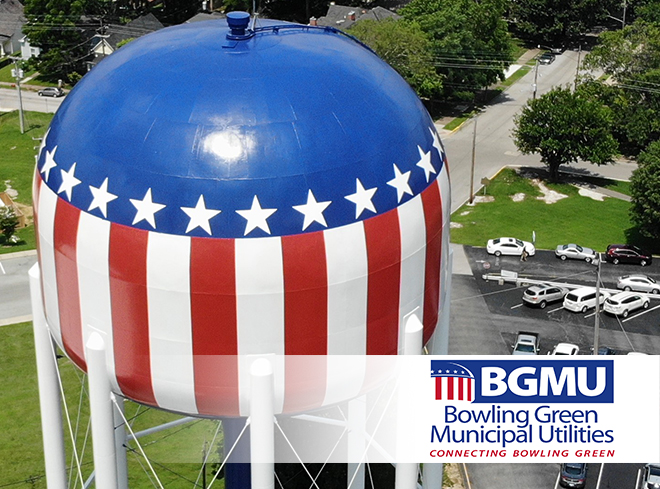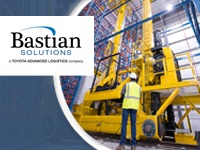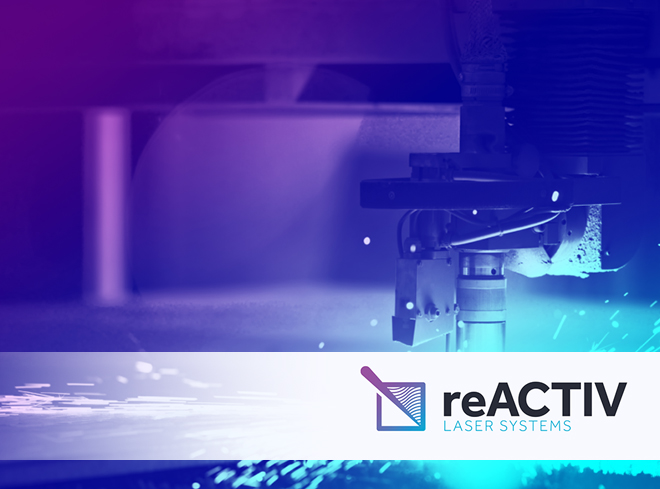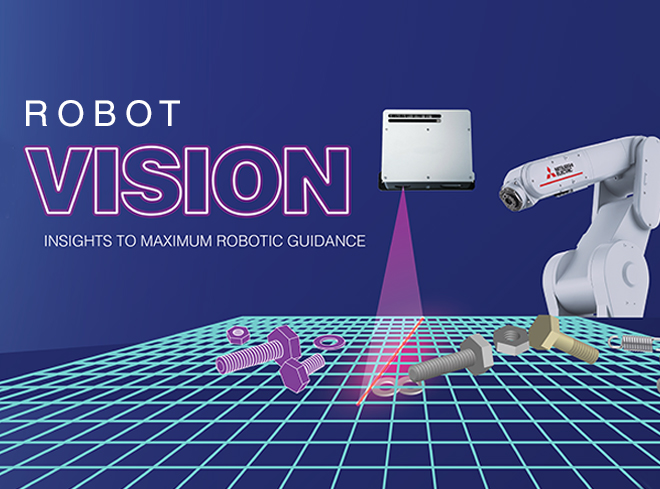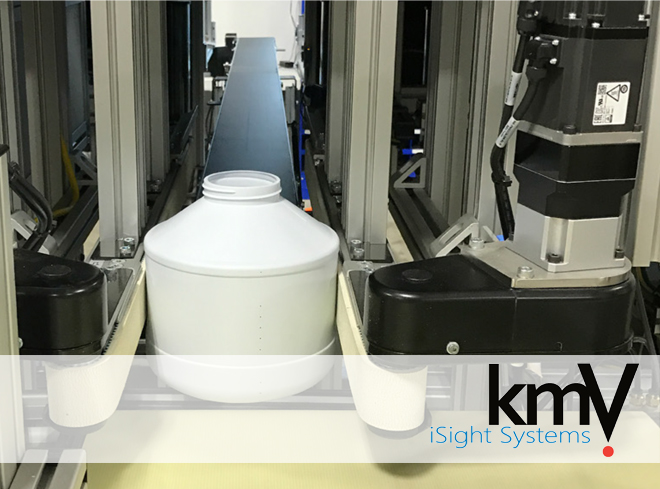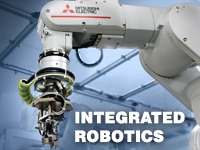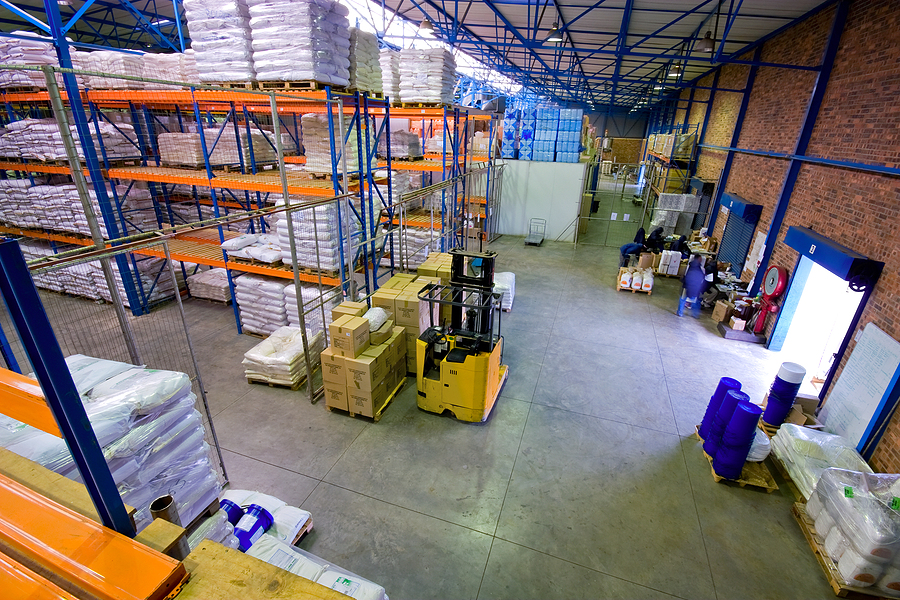
Warehouse operations face troublesome changes when supply and demand shifts. This became very apparent in the pandemic when e-commerce skyrocketed. Some warehouses managed the shift with ease, but others struggled with the changes. A scalable warehouse has the flexibility to adjust as demand changes, and it doesn’t drive up costs or greatly impact operations.
E-commerce continues to grow. Eight out of 10 shoppers shop online at least once a month. In 2024, e-commerce sales are expected to top $6.9 trillion. All of those goods have to ship from a warehouse, and those goods and packaging supplies take up a lot of space.
Scalability in warehouse operations requires the right infrastructure and equipment to allow for these adjustments without having to move to a larger warehouse or increase the square footage of your building. Floor space needs to be maximized, and automation and AI are valuable tools when it comes to scalability.
What Is an Automated Pallet Stacker?
In a traditional warehouse, workers move pallets to stacks using forklifts. Stacking these pallets requires precision as pallets that aren’t stacked straight may topple and fall onto equipment or people below. Pallets also need to be moved from the top of a stack to have boxes or packages stacked on them. Then, they have to be wrapped and loaded onto trailers.
Moving those pallets, stacking the bags or boxes, and wrapping the filled pallet takes a lot of work when you do it by hand. Humans aren’t perfect. Mistakes happen, and sometimes those mistakes lead to worker injuries, damage to products and supplies, or equipment damage. To prevent mistakes, workers need to do the job correctly, which often means slowing down and using care.
An automated pallet stacker does the work in place of humans. The pallets travel down a conveyor to the pallet stacker where they’re stacked one at a time. As one is placed, it’s lifted by the machine, and another moves below it. They remain in that stack until they’re needed for loading, wrapping, and transportation.
Automation is precise, which drastically reduces the risk of injury or damage to items or equipment. It works quickly and accurately. You still need workers for coding and programming, but the stacker does the hard work.
How Do Automated Pallet Stackers Address Scalability in a Warehouse?
Think about what you need most for scalability in your warehouse. Speed, precision, and flexibility are going to top your list. You also can pair automated pallet stackers with other machines to increase optimization and operations.
- Speed: One of the most important benefits of automation is speed. Machines work faster than people, which means more product gets moved each day.
- Precision: Automated pallet stackers are known for precision. They do the work that’s needed accurately time and time again. Machines don’t get tired, need a vacation, or need a day off due to an illness.
- Optimization: AI and automation can accurately gauge workflows and supply needs. If you’re running low on pallets in a specific department, technology can alert you or even order new supplies or move pallets from an area that has too many.
- Flexibility: Automated pallet stackers need to be flexible and able to navigate different aisle widths, changes in pallet sizes, and obstacles like workers or unexpected trash.
- Data-Driven Decisions: The different automated components in your warehouse can communicate and work together. They rely on data analytics to keep your warehouse running smoothly around the clock.
Those are the ways automated pallet stackers help, but there are also different types of pallet stackers.
- AGVs (Automated Guided Vehicle): An AGV pallet stacker can move from Point A to Point B without a driver. It drives itself along the programmed path.
- AMRs (Autonomous Mobile Robot): The benefit of this type of pallet stacker is that it can move around obstacles. While an AGV has to have a worker remove an obstacle from its course, an AMR can move out of line to avoid hitting something unexpected.
- Robotic: A robotic pallet stacker uses robotic arms to move, guide, position, and stack pallets for you.
Examples and Case Studies
Here’s a good example of the benefit of a pallet stacker. Ice Systems & Supplies, Inc. (ISSI) provides packaged ice, which you can imagine must go from the ice makers, into bags, onto pallets, and into freezers as quickly as possible. If it takes too long, the ice melts.
Plus, stacking 40-pound bags of ice all day is hard on a person’s body. A worker might start strong and slow down over time, so stacking rates decrease as the day goes on. People don’t want to do this type of job, so it’s hard for the ice company to find workers.
Automated pallet stackers are one of several pieces of automated warehouse equipment that speed up the work that needs to be done. When a pallet is empty, it’s quickly stacked and out of the way. When one is needed, it’s easy to have the system place one of the stacked pallets onto a conveyor that goes to the area for the bags to get stacked quickly and accurately before going into a freezer trailer.
ISSI worked with Mitsubishi Electric on an automated system that uses CC-Link for plug-and-play technology. The Evolution system used double-speed palletizers for accurate, flexible handling of different bag sizes. The custom-built palletizing system can stack a pallet at rates of as fast as 40 bags per minute. Not only is this faster, but it also reduces strain on a worker’s body. Plus, it lowers the carbon footprint by doing more work in record time.
The Future of Automation and AI in Warehouse Scalability
Automation and AI are the future of scalability in warehouses. They won’t replace workers, as people are still needed for vital tasks like programming and coding, which provides your best employees with new skills that will take them further in their careers.
Imagine having a warehouse where AI can pull and pick orders and send them to the correct area for packaging or bagging. Your employees can verify that the orders are filled correctly from a station, which ensures 100% accuracy. Plus, you’ll have employees out of the way of forklifts and conveyors that could cause injuries.
Mitsubishi Electric specializes in warehouse scalability using packaging automation. Ask us about all of these options that help make your warehouse efficient, scalable, and safe.
- Bagging
- Bottle filling machines
- Case packing
- Form-fill-seal packaging
- Labeling
- Palletizing
The future of warehouse automation and its role in optimizing warehouse operations is hard to deny. Reach us online or by phone to learn more about the costs and benefits of warehouse automation.
Work with Us and Succeed
We love our customers and the challenges they bring to us. We also like to let our customers shine by discussing how we worked together to solve their biggest challenges. If you have a challenge that needs to be solved and would like to be our next BIG success story, reach out to us and let’s connect!

